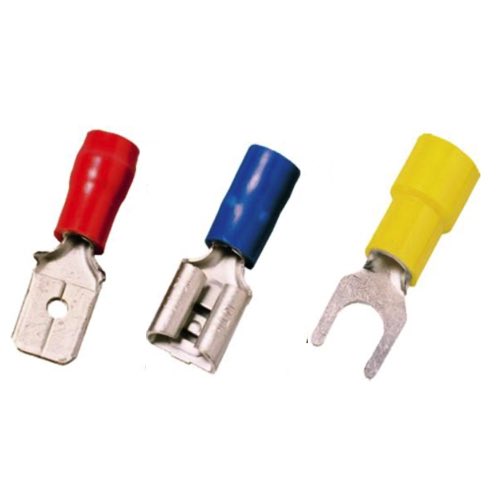Weidmuller Wire Terminals

Weidmüller wire terminals are engineered for high-performance electrical connections, offering reliability and efficiency in industrial, automation, and power distribution applications. Designed to provide secure and long-lasting connectivity, these terminals ensure optimal electrical conductivity while minimizing resistance and signal loss. Their robust construction allows them to withstand harsh environments, making them suitable for industries such as manufacturing, renewable energy, and transportation. With a focus on precision and innovation, Weidmüller terminals simplify wiring processes and enhance electrical safety, ensuring compliance with global industry standards.
Available in a variety of configurations, Weidmüller wire terminals include screw, push-in, and spring-cage connections, providing flexibility based on application requirements. Push-in terminals allow for quick, tool-free connections, while screw terminals offer strong mechanical fastening for more demanding environments. Their modular terminal blocks provide scalability, making it easy to expand and modify electrical installations as needed. These terminals also feature color-coded and clearly labeled designs that improve wiring organization and reduce errors during installation. Whether used in control panels, industrial automation systems, or power plants, Weidmüller terminals provide a seamless and efficient connection solution.
Industrial Wiring Tips and Tricks
Wire Type
MTW is typically used in industrial control panels. The flexibility of the wire allows it to be easily maneuvered through wire ducting. THHN wire is commonly found in homes or commercial buildings. The rigidity of the wire makes it easier to pull through conduit. XHHW wire is similar to THHN but provides a more protective insulation.
Wire Color
The National Electrical Code (NEC) or UL are great points of reference when trying to decide what colors of wire to use. For example, UL standard states that a ground wire should always be green, an AC hot or live wire should be black and AC neutral should be white. These are just a few examples of UL code requirements.
Wire Size
A simple rule of thumb when selecting wire size is, the higher the current, the larger the wire. It is also important to consider the bend radius of the wire. If a wire is bent too sharply, the conductors within the insulation can be damaged.
Wire Connection
It is important to make sure that the wire is connected properly and that enough torque has been applied. If enough torque is not applied to the electrical connection, the wire can become loose over time resulting in a poor electrical connection. Too much torque can damage the the wire and electrical equipment.
Wire Labels
Labeling is essential when performing any kind of electrical wiring. Proper labeling will allow others to easily identify the function of a wire, where it is going and where it has been. It can also make troubleshooting on a panel or any electrical device much easier when worked on at a later date.

